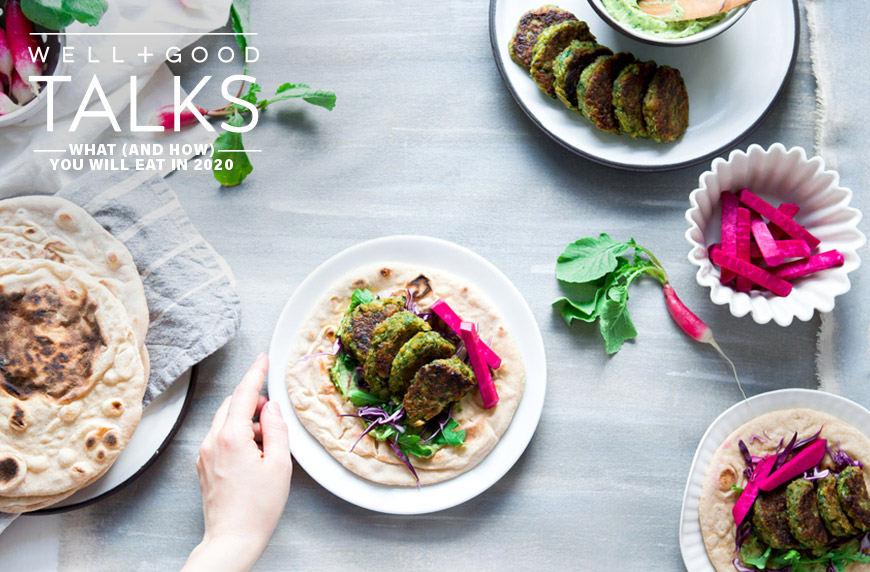
January 31, 2020 at 01:00AM by CWC
At this point, the Mediterranean diet has dominated so many headlines that even people with a minimal interest in eating healthy know the gist of it. Ask a random person what the staples of the eating plan are and they’re sure to rattle off things like olive oil, fish, and whole grains.
Watch the video below to see why the Mediterranean diet is so good for you:
ADVERTISEMENT
ADVERTISEMENTKate Spade Autumn/Winter Sale |
While that’s definitely not wrong—so gorgeous Greek or Italian spreads can live on in your mind—registered dietitian Maya Feller, MS, RD, CDN says Mediterranean food is more expansive than many assume. “The Mediterranean diet, the way that we talk about it in the US, we’re really referring to the Mediterranean as Italy. However, we know that the Mediterranean expands to Europe, Asia, the Middle East and Africa,” Feller said at a recent Well+Good event.
ADVERTISEMENT
ADVERTISEMENTSports Direct Free Delivery on All Orders! |
Feller pointed out that in reality, there are 21 countries that actually are part of the Mediterranean region. When adhering to a specific eating plan, it’s easy to get stuck in a rut of having the same handful of meals on repeat. By keeping in mind just how far the region extends, it opens up new types of cuisine that otherwise wouldn’t be considered.
“The Mediterranean diet refers to the patterns of eating that are rich in fruits, vegetables, legumes, whole grains, polyunsaturated fatty acids, and monounsaturated fatty acids,” Feller said, adding that filling your plate with these foods and nutrients is linked to myriad health benefits. “I think we need to reframe the Mediterranean diet to include all of those regions because in Lebanon, for example, there’s tons of delicious food that’s incredibly wonderful, like legumes, ancient grains rich in nutrients, and spices.”
ADVERTISEMENT |
Feller emphasized that the key to reaping the benefits of the Mediterranean diet isn’t eating Italian food every night; it’s filling your plate with the aforementioned staple foods while getting creative with how you cook and eat them.
Yes, a salad made with greens, avocado, salmon, and avocado is a Med diet-approved meal, but so is a Moroccan meal made with legumes, couscous, and taktouka (a mixture of tomatoes, smoked green peppers, garlic, and spices). Varying your meals in this way not only provides a wider arrange of nutrients, it also ups the likelihood of sticking to the eating plan because there’s less chance of getting bored with what you’re eating.
With 21 countries to choose from, the question of what’s for dinner just got more interesting.
Another region garnering attention in the healthy food world: West Africa. And if you want to follow the Mediterranean diet without eating fish, here’s how to do it.
Author Emily Laurence | Well and Good
Selected by CWC

ADVERTISEMENT
ADVERTISEMENTUp to 30% off Gift Sets |






